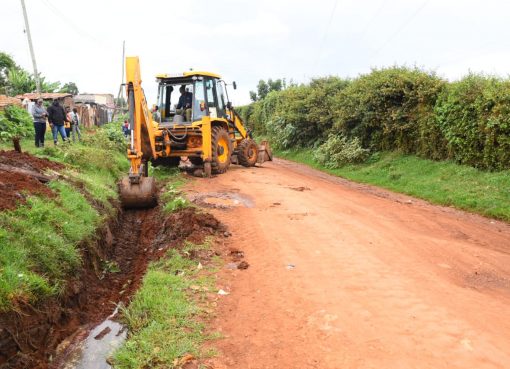The national government has made a clarion call to farmers countrywide to register and reap benefits from the centralised Kenya Integrated Agriculture Management Information System (KIAMIS).
The call was made by Principal Secretary (PS) in the State Department for Crop Development, Harsama Kello, during a meeting in Nairobi that brought together Agricultural Value Chain Actors under the umbrella of the National Value Chain Development Project (NAVCDP).
The PS said that having all the farmers on a centralised platform would make it possible to effectively distribute agricultural subsidies while at the same time identifying each county’s potential and pumping resources into viable projects.
“Having all farmers’ data in one place will make it easy to plan for food production in the country. It will be easy to identify each region’s potential and put resources into productive projects,” said Kello.
He further said that the centralised system would also ensure support in a range of other areas that reinforce a seamless agricultural production landscape, including extension services, cooperative planning, marketing, and investor collaboration, among others.
The national government has been firm on ensuring food security, focusing on four major value chains: staple foods, livestock, dairy, and horticulture.
According to Kello, the country aims to plant 200,000 acres under sunflower farming and the plans to procure seeds are already underway.
In yet another move to make good on its food security agenda, the national government, through the Ministry of Agriculture, has embarked on an ambitious plan to turn 500,000 acres of idle public land into food production zones.
This move, according to Kello, will go a long way towards curbing the perennial shortage of maize, the number one staple food for Kenyans, and avoiding the importation bottlenecks that rule the global maize market.
In Taita Taveta County, the food security bug has stung the administration, and multiple plans are currently in motion to revamp food production and value-added chains.
The key sub-sectors leading the new realisation are dairy, rice, banana, livestock, and poultry production, which have seen increased resource allocation from the devolved unit’s budget and support from the national government and non-governmental organisations.
Speaking at the event held in Nairobi, Taita Taveta County Executive Committee Member for Agriculture, Livestock, Fisheries, and Irrigation, Erickson Kyongo, said the current administration has already made bold steps in supporting food production, value addition, and market chains.
Part of the county’s ambitious plan is to see milk production rise from the current 20 million litres to 30 million litres per year, boost rice production from 4644 tonnes to 12,000 tonnes annually, and complete the banana factory at Taveta.
“We’ve got a clear roadmap of what we need to do as part of the food security agenda, and we count on the support of the national government, NGOs, and private players to achieve these ambitious goals,” said Kyongo about the county’s preparedness for the five-year NAVCDP life cycle.
By Arnold Linga Masila





